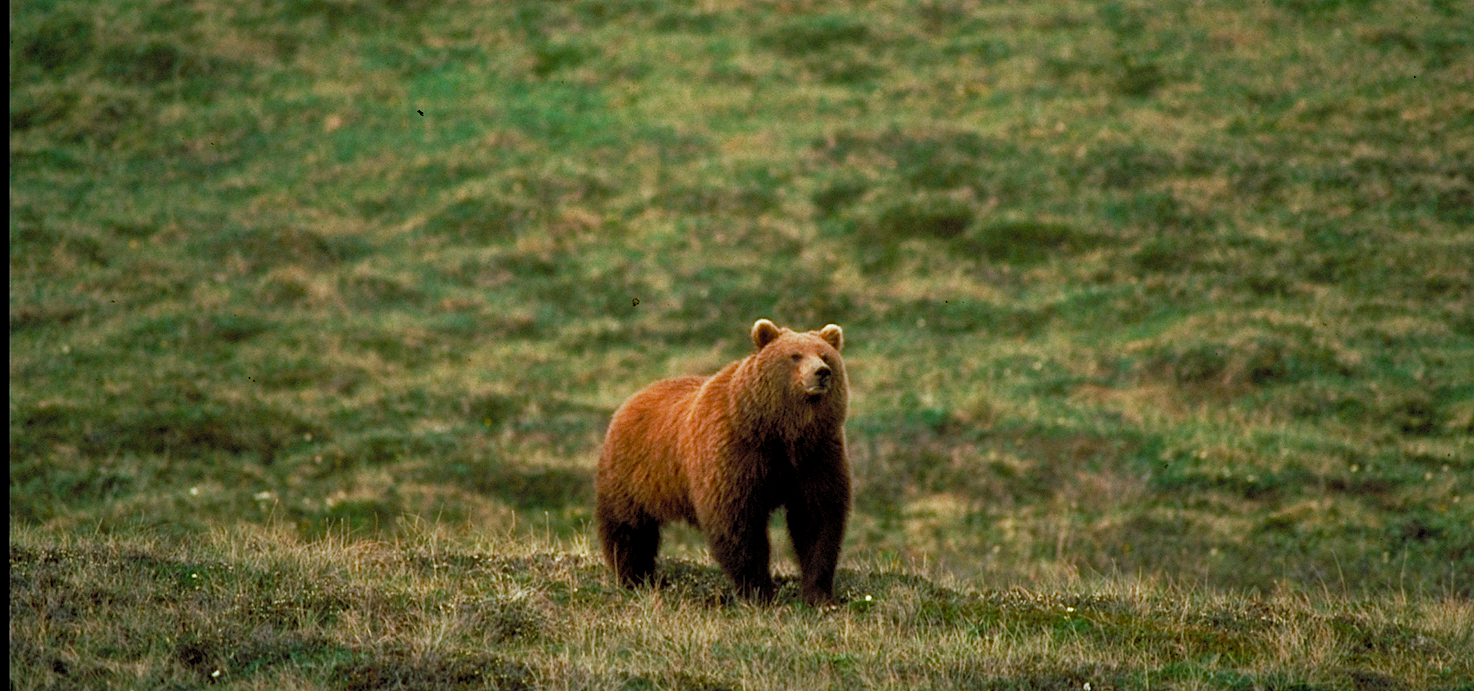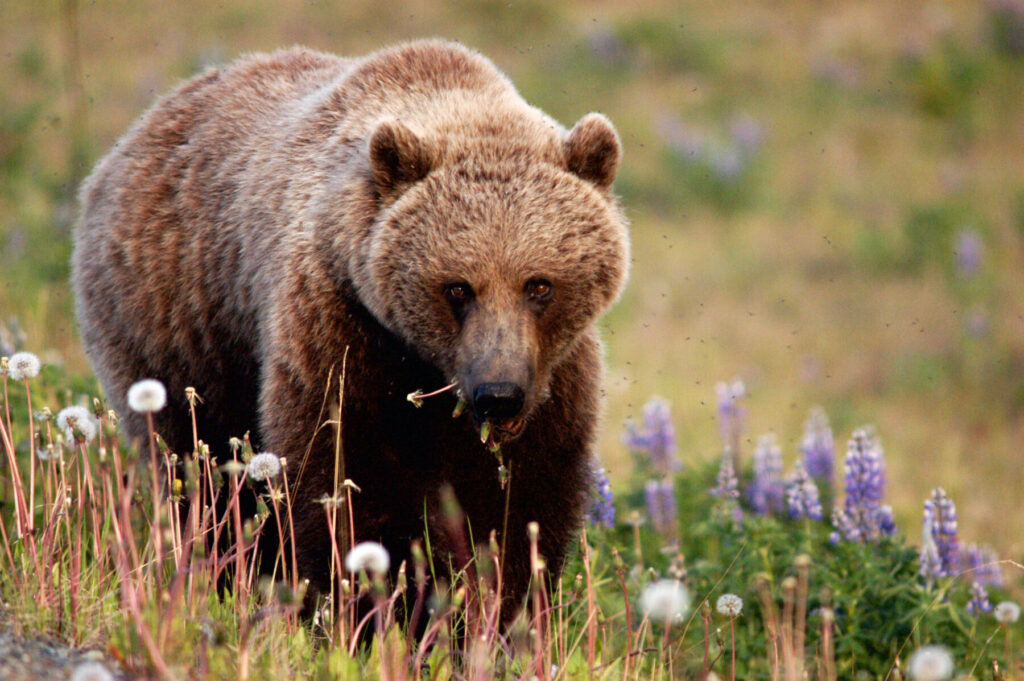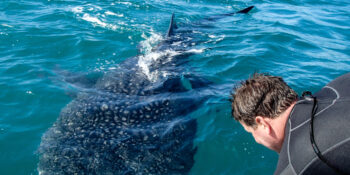
Wildlife Safety on Alaska Rafting Trips: How Outfitters and Guests Minimize Risks
A prime destination for adventurers, Alaska rafting trips offer stunning landscapes and the opportunity to encounter some of the wildest creatures on Earth. However, with Alaska’s wilderness comes the risk of encountering dangerous animals, including bears, wolves, and moose. Outfitters take extensive precautions to maximize guest safety, but it’s important for rafters to understand how to minimize risks when facing Alaska’s formidable wildlife. This guide will break down safety measures for black, brown, and polar bears as well as other dangerous animals, with an emphasis on how commercial rafting outfitters manage these risks.
Bears: Navigating Encounters with Alaska’s Three Species
Alaska is home to all three North American bear species: black bears, brown (or grizzly) bears, and polar bears. Each species behaves differently, and understanding how to handle an encounter with each can make a significant difference.
Black Bears
Black bears are the most common species in Alaska and tend to avoid humans, however they can become dangerous if they feel threatened or if food is involved.
- How Outfitters Handle Black Bears: Outfitters ensure clean campsites free of food or other bear attractants. This often involves setting up protected food caches far from sleeping areas. Outfitters also educate guests on making noise while moving through areas where bears may be present.
- Encounter Strategy: If you encounter a black bear, you should not play dead. Make yourself look large, stand your ground, and speak calmly but firmly to the bear. If the bear approaches, you can attempt to scare it off by making noise and waving your arms. Fight back if a black bear attacks, aiming for its face and muzzle.

Brown (Grizzly) Bears
Larger and more aggressive than black bears, brown bear are common in Alaska’s wilderness, especially near rivers where they hunt for salmon.
- How Outfitters Handle Brown Bears: Outfitter campsites in brown bear territory are strategically located away from areas where bears are likely to feed or roam. Guides carry bear spray and sometimes firearms as a last resort. Additionally, guests are trained on how to safely store food and garbage to avoid attracting bears.
- Encounter Strategy: Brown bears are more likely to charge if they feel threatened, especially females with cubs. If you encounter a brown bear, do not run. Stand your ground, make yourself look larger, and talk in a calm voice. If the bear charges, remain still; it may be a bluff charge. If the bear makes contact, play dead by lying on your stomach with your hands covering the back of your neck and legs spread to preventing the bear from rolling you over. Only fight back if the attack becomes prolonged or the bear shows signs of predatory behavior.
Polar Bears
The least commonly encountered bear species for most Alaska rafting trips, polar bears pose a serious risk in Arctic regions when trips get out to the coast. Polar bears see humans as potential prey, which makes them exceptionally dangerous. This is one of the reason river trips in the Arctic’s Brooks Range, like the Kongakut River, sometimes chose to fly out prior to reaching the Arctic Ocean.
- How Outfitters Handle Polar Bears: On trips into polar bear territory, outfitters take extra precautions, including setting up bear deterrents like electric fences around camps. Guides carry high-powered firearms, and guests are often required to follow strict rules to avoid attracting bears to the campsite. In some cases outfitters will have people take turns on watch during the night.
- Encounter Strategy: Unlike with brown bears, there is no playing dead with polar bears. If a polar bear approaches, it is likely considering you as prey. Do not wait for the bear to get close. You should act aggressively by using bear spray or other deterrents, and prepare to fight if necessary. Outfitters are trained in handling these rare but deadly encounters, and guests should follow their lead. Learn more about living with bears from the Alaska Department of Fish and Game.

Other Dangerous Animals in Alaska
Moose
While not predatory, moose are responsible for more injuries than bears in Alaska. Moose can become highly aggressive if they feel threatened or if they have young nearby. Their large size and powerful kicks make them dangerous if provoked.
- How Outfitters Handle Moose Encounters: Guides look for signs of moose aggression and keep guests at a safe distance. They will often guide guests around areas where moose are spotted, avoiding close encounters.
- Encounter Strategy: If a moose charges, you should run away or find cover behind a solid object, such as a tree. Unlike with bears, standing your ground with a moose will not deter it. Give moose plenty of space and avoid their preferred roaming areas, especially during calving season. Read more about dealing with an aggressive moose.
Search for Alaskan Rafting Trips

Find Your Trip
Request a trip search, we’ll find tours meeting your criteria.
*** Our service is free to you and paid for by our partner outfitters. We guarantee the same price as booking directly with the outfitter.
Wolves
While wolf attacks are rare, they can occur in remote areas. Wolves are more likely to approach if they are in packs and feel bold due to hunger or the absence of humans.
- How Outfitters Handle Wolf Encounters: Outfitters mitigate the risk by securely storing food and by keeping campsites away from areas known to have wolf activity. Guides may also use noise-makers or flares to scare off any wolves that approach the camp.
- Encounter Strategy: If you encounter wolves, do not turn your back or run. Make yourself look larger by standing close to others in your group, wave your arms, and make noise to scare the wolves away. In the unlikely event of an attack, fight back using any tools or weapons available, targeting the wolves’ faces. Read more about traveling in wolf country.

Minimizing Risks on a Commercial Rafting Trip
One of the benefits of a commercial rafting trip is the experience and expertise of the outfitter in managing wildlife risks. Here’s how outfitters and guests work together to stay safe:
- Clean Campsites: Guides maintain meticulous campsites, with food prepped and stored away from sleeping areas. This helps to minimize bear and other animal encounters.
- Education: Outfitters provide thorough briefings before the trip, teaching guests about the specific risks associated with the animals in the region and what to do in case of an encounter. Guides also ensure guests have bear spray and know how to use it.
- Group Safety: Rafters travel in groups, which lowers the chance of surprise encounters. Bears and other predators are less likely to approach larger groups.
- Bear Deterrents: Outfitters often carry bear deterrents, including bear spray, noise makers and firearms, to be used only as a last resort. Electric fences may also be set up around camp areas in regions with high bear activity.
- Expert Guides: The guides on commercial rafting trips are highly experienced in navigating animal encounters. They know when to avoid certain areas and how to de-escalate potentially dangerous situations with wildlife.

Wildlife in Urban Areas: Bears in Anchorage
It’s worth noting that both black and brown bears inhabit urban areas like Anchorage, where outdoor recreation is common. Despite living in close proximity, negative encounters with bears are quite rare, thanks to the local population’s awareness and precautions. Whether you’re rafting in remote wilderness or enjoying the trails near town, know that, with proper knowledge and behavior, wildlife encounters—while notable—don’t usually lead to harm. Being informed and prepared allows you to enjoy Alaska’s stunning landscapes with confidence.
Conclusion: Preparedness is Key
Rafting in Alaska offers an unforgettable experience, but it also comes with inherent risks due to the presence of dangerous wildlife. Commercial rafting outfitters minimize risks using a combination of prevention strategies and safe camping practices. As a guest, understanding the potential dangers and knowing how to handle encounters with animals like bears, moose, and wolves can help ensure a safe and enjoyable adventure. Respect Alaska’s wildlife and be prepared, and you’ll have the trip of a lifetime.
Start Planning Your Best Adventure
Dispatches from adventure tours around the world and tips for intrepid travelers. Read Our Blog
Guide to Whales of Baja California, Mexico
Vast and awe-inspiring, there are few experiences more thrilling than exploring the ocean on an adventure travel trip. From multi-sport adventures in Belize to small ship cruises in Alaska, there are countless ways to experience the wonder and beauty of the ocean.
Alaska Rafting: Remote Wilderness River Expeditions
Alaska is home to some of the most breathtaking wilderness rafting rivers in the world, with varying degrees of challenge and adventure. In this article, we will discuss the top multi-day wilderness rafting rivers in Alaska, including the miles and days of each trip, whitewater, wildlife and how to access the rivers.
Keep Reading > Alaska Rafting: Remote Wilderness River Expeditions
Discover Alaskan Small Ship Cruises
A land of stunning beauty, Alaskan small ship cruises offer visitors the opportunity to explore remote wilderness areas and rugged coastline. One of the best ways to experience this incredible landscape, these voyages provide an up-close and personal look at Alaska’s natural beauty and diverse culture, offering a truly unique adventure. From wildlife viewing to glacier exploration, there’s something for everyone on a small ship cruise.










